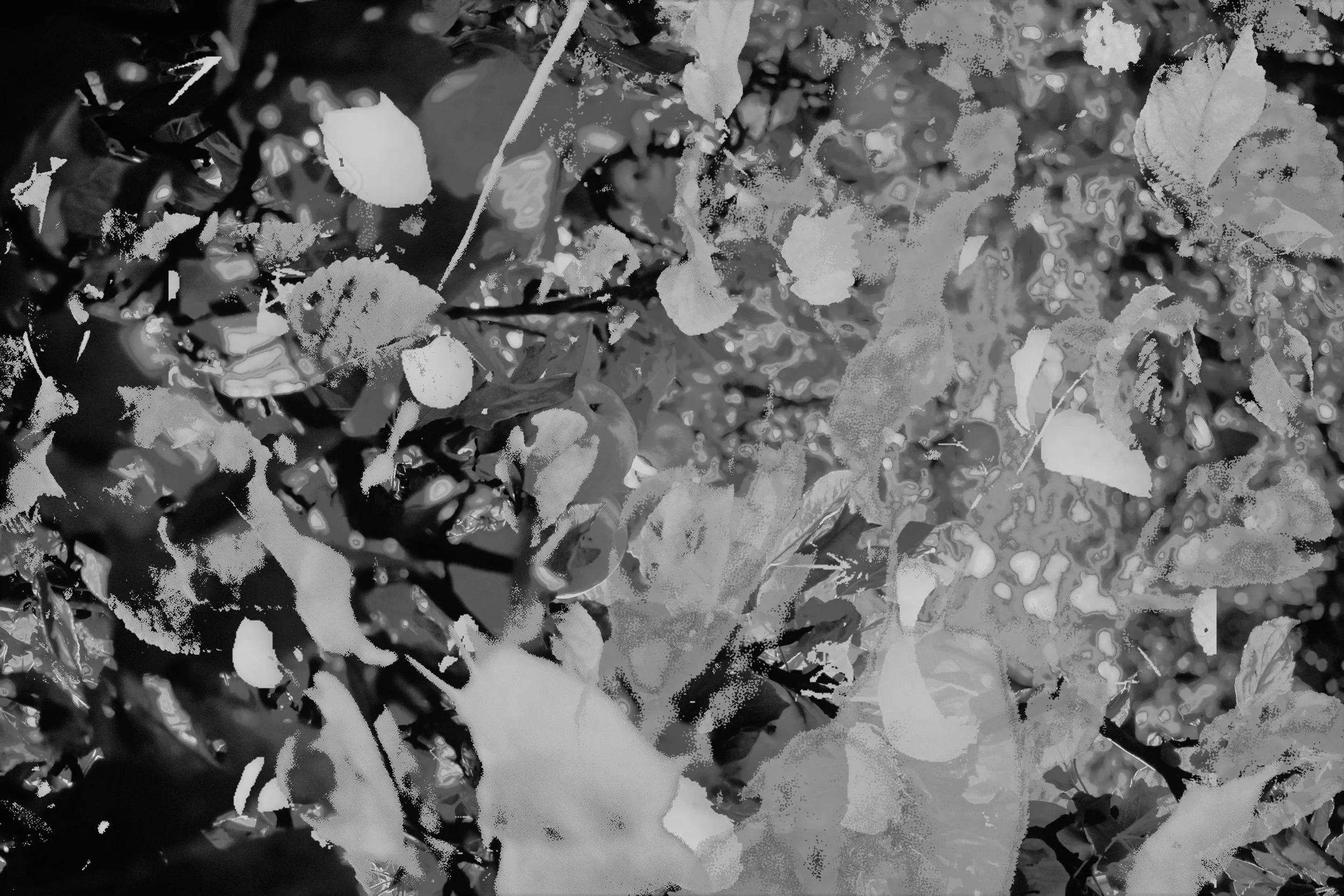Last One Standing
When I moved in, I was a stranger. The rhododendrons and cedars weren’t used to my knotted hoses and rusted shears. Instead of overalls, I wore a sunburn and stained underwear. In droopy garden gloves, I battled grass, slugs, brambles, and ivy. I was mostly angry, but instead of yelling, I pitched rotting apples from an aging Granny Smith across the yard, over the fence, and found satisfaction when they thud-splatted the side of my neighbor’s abandoned shed. I had just signed up to own the land I live on, land to nurture and maintain, land with names I needed to learn. But all of this seemed impossible with two hands and one human brain.
On the south side of the lot, there was a bedraggled shack with a corrugated roof, dirt floor, and rat shit. Is anyone in here, I whispered, hoping someone would reveal themselves, someone from older days, a ghost farmer with deeper land wisdom and sharper tools than mine.
Elderly at 90, the Granny Smith had lived on the land much longer than I had, one of the last remaining trees of its kind in a neighborhood that used to be all orchard. Teetering far to the left, it stood 25 feet high with a fungus-covered trunk. Its limbs cracked and snapped off in mild gusts. On the ground below, its twigs and branches scattered in piles.
There are people who are paid to remove dangerous trees that pose a risk of falling onto houses, cats, and children. Some call them arborists. Others call them overzealous.
Skeptical of the arborist who insisted I remove the tree, I asked around for other advice. What does a human do with a sickly tree? One friend suggested I simmer its remaining apples with ginger, turmeric, and honey. Another friend told me it would be best to lop it down and use its wood for piggy smoking. Others said that once the trunk is no longer living, once it’s hacked into nubs then dried for several months, it will create a sweet-smelling fire, a blended smolder of fossilized syrup and excavated earth. Its wood could generate abundant heat with good coaling qualities. And also, cooking utensils are best when made from apple wood because it’s lower in toxins than other wood, and maybe the sweetness of its trunk would somehow bleed into soups or slaws or shakshukas.
They all told me the Granny Smith tree might be better off dead, but I didn’t believe them. Because every year, it’s thicker, loftier, with new leaves and fat apples. And despite their dry, mealy crunch, I eat them. But more importantly, the insects eat them, the soil eats them, making space for a new tree, one that grows there now, looking rather confident, ready to climb.
Felicity Fenton’s stories and essays have been featured in Fanzine, The Iowa Review, The Denver Quarterly, The Masters Review, Passages North, Northwest Review, and others. Read more.

